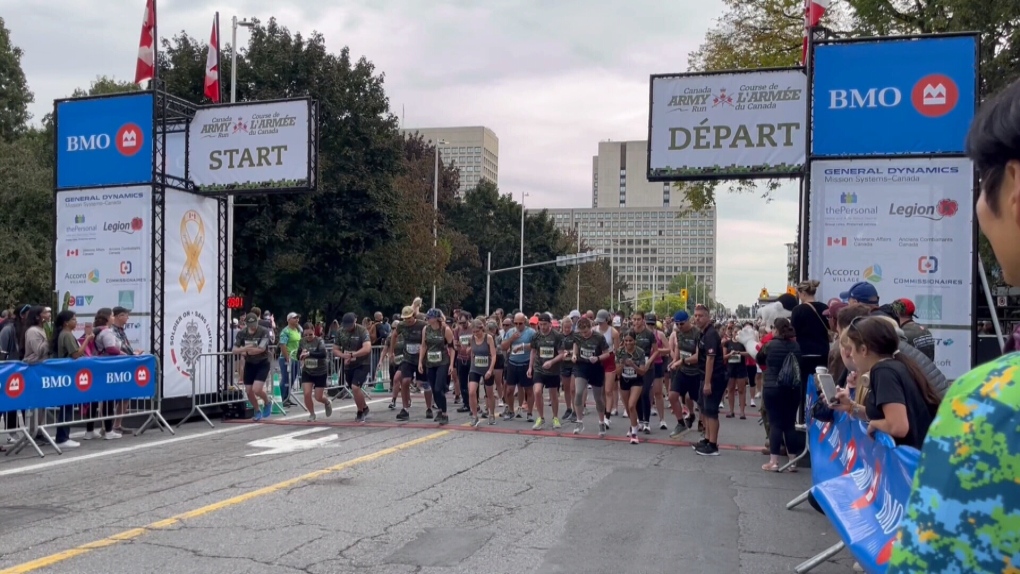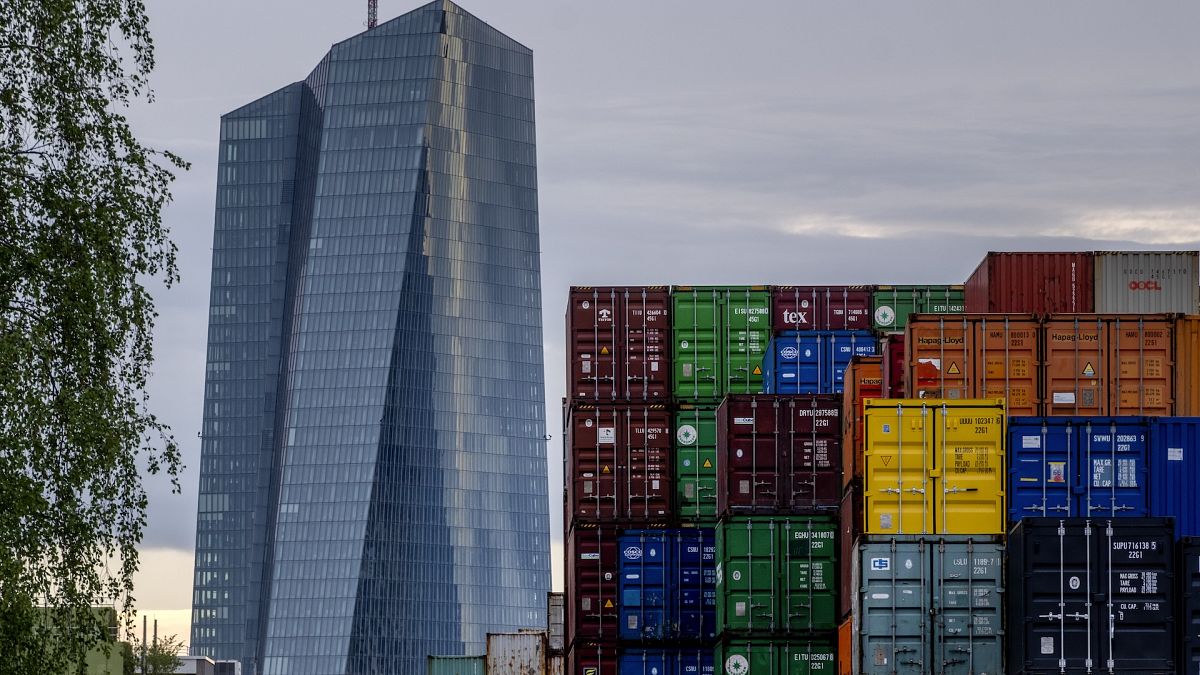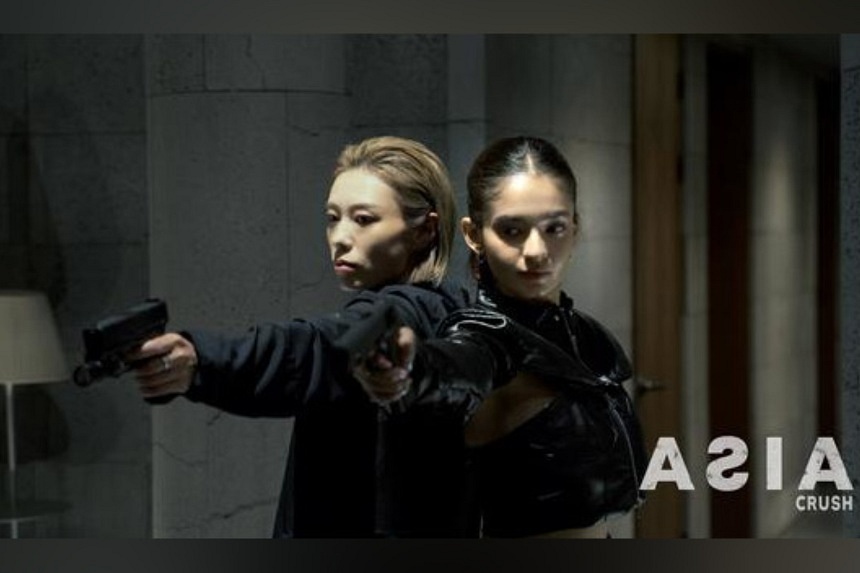Horseracing is a place of elegant suits, big business and politics. But not in Bratislava's Petržalka borough. At its racetrack, there is no luxury lodge, though its director is picky when it comes to manners.
The referee tower offers some more comfort, but it is still nowhere near the standards that visitors are used to, for example, in Prague or Budapest. Even a local hippodrome in Pisa, Italy, offers better service than the Bratislava racetrack, the largest and most important one in Slovakia since the dissolution of Czechoslovakia. This year it celebrates its 50th anniversary.

Despite an investment debt, the local derbies attract thousands of people every year. The state-owned enterprise has mostly been managed by one man - Marián Šurda, who is the director today. Since the Velvet Revolution, in November 1989, there have been almost 20 agriculture ministers to whom he reports, and has been dismissed three times.
The reason was the same - he was blamed for not knowing how to manage money. Since January 2024, he has been in office again and in recent weeks he has faced criticism from the operators of food stands whose rent he is increasing, as well as from employees with whom he wants to sign new contracts. "I came here to stabilise the racetrack, which I received in bad shape, and I do what I can," says Šurda.
He called the people who replaced him before "inadequate substitutes". "It's an atypical sport that usually a whole family falls for. Sometimes, a horse unites several generations," says Branislav Ondera, who worked as a handicapper at the racetrack in the past.
His job was to create weights for the horses so that they had even chances on the track. The number of racehorses in Slovakia has been decreasing a long time; while 20 years ago there were 350, their number is now close to 200. However, this is a global trend.
One horse lasts a maximum of three racing seasons. After the dissolution of Czechoslovakia in December 1992, the Petržalka racetrack took over the management of the stud book of the English thoroughbred. Every horse that wants to have a thoroughbred certificate in the stud book undergoes checks and a DNA test.
Births are registered, IDs issued and their performance is tested here. Thoroughbred horses can then compete against each other in races. Annually, approximately €750,000 can be won - the money is partially covered by the registration fees of the contestants.
Although negligible, the enterprise also makes money by tipping. People spend around €150,000, but the amortisation of computer technology, a 30 percent margin, and employee salaries must be deducted from this, resulting in a few thousand euros. There are also trainers who rent the track, the rental of stables for horse owners also possible.
In addition, the racetrack regularly hosts the Turf Gala party, the international prestige of which was created by Šurda. Although Šurda has a good reputation abroad and, for example, the general secretary of the Chuchle Arena racetrack near Prague, Martin Pecka, says their cooperation is above-standard, the director of the Bratislava racetrack is unpopular among members of the local racing community, as well as the food stand owners who Sme daily talked to after they received new leases with special addenda. The rest of this article is premium content at Spectator.
sk Subscribe now for full access I already have subscription - Sign in.



















